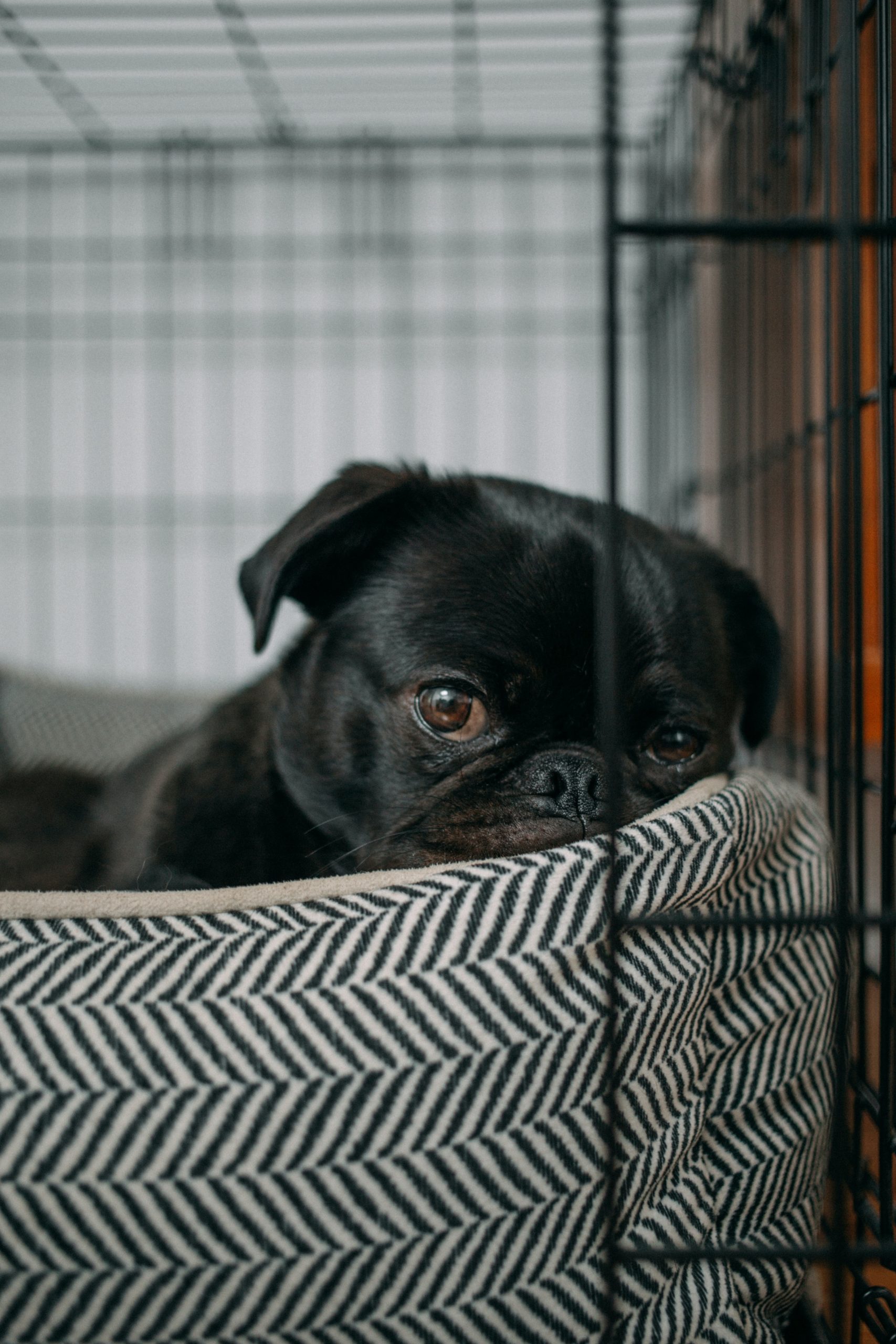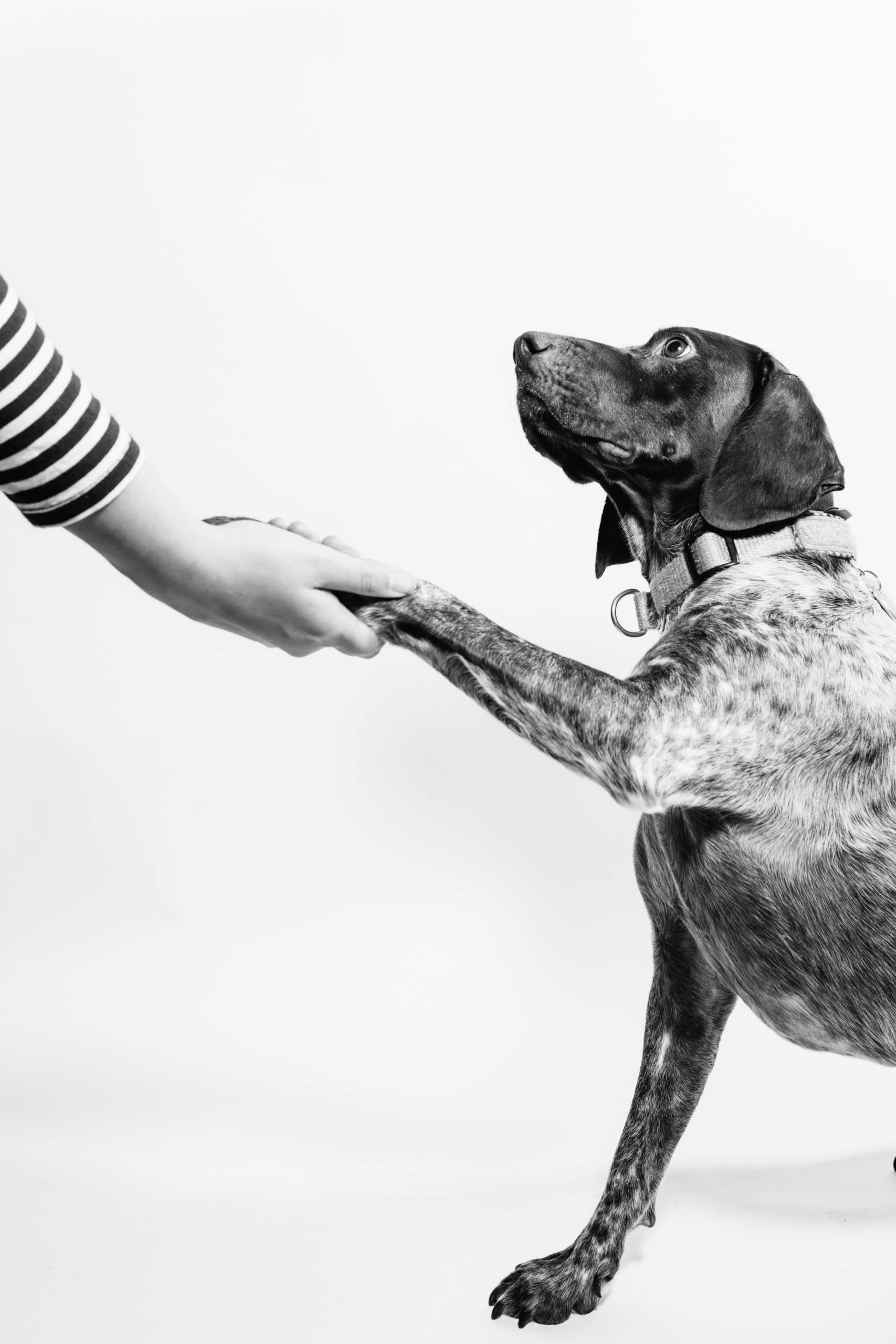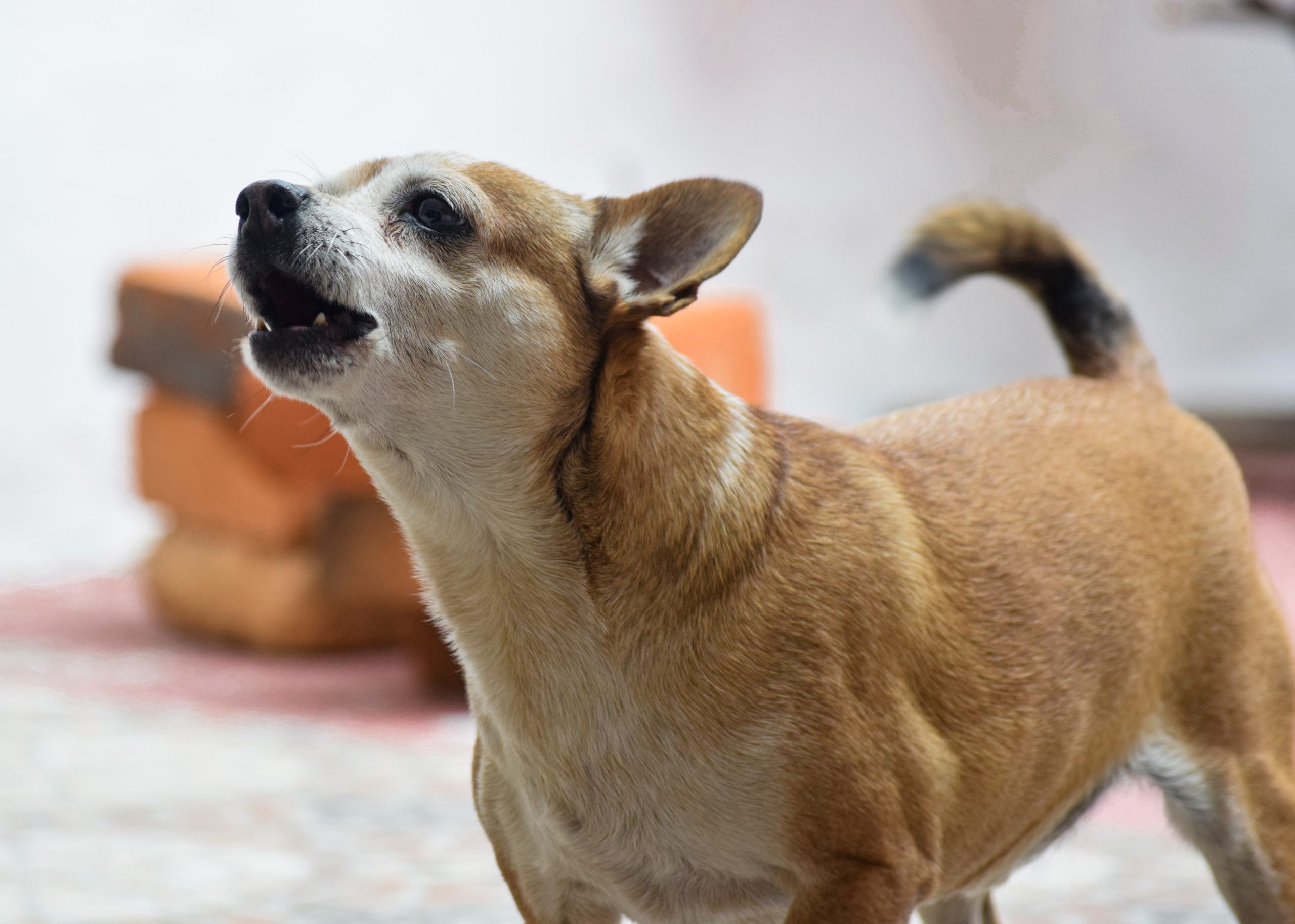Bringing home a new puppy is an exciting time for any pet parent. However, the first few nights can be challenging, especially when it comes to crate training.
Many puppies experience anxiety and stress when left alone in a crate for the first time, leading to whining, barking, and destructive behavior that can keep both you and your furry friend up all night.
In this article, we will guide you through the process of preparing your puppy for his or her first night in a crate. We will cover everything from introducing the crate, setting up a nighttime routine, dealing with whining, and toilet training your puppy.
Introducing the Crate to Your Puppy
Introducing your puppy to a crate can be an important step in their training, but it should be done slowly and carefully. The crate should never be used as a form of punishment, and your puppy should only associate it with positive experiences.
Begin by placing the crate in a central area of your home where your family spends a lot of time. Leave the door open and place soft bedding, toys, and treats inside. Encourage your pup to explore the crate on their own by placing treats or toys inside and letting them enter on their own.
If your pup seems hesitant or afraid of the crate, do not force them inside.
Instead, try tossing treats or toys near the entrance so they can gradually become more comfortable with being near it. Each puppy has its personality, so some may take longer than others to get used to the idea of being inside a crate.
Preparing the Crate for the First Night
Before your puppy spends their first night in the crate, it’s important to make sure it’s set up properly. The crate should be large enough for your puppy to stand up, turn around, and lie down comfortably. However, it shouldn’t be too big as this can lead to your puppy using one end of the crate as a bathroom area.
You should also line the crate with some comfortable bedding. Avoid using anything that can be chewed on or ingested such as blankets with fringes or stuffing. A good option is a soft towel or mat that can be easily washed if needed.
Make sure there is proper ventilation in the crate and that your puppy has access to fresh water throughout the night. With these preparations done, your puppy will have a comfortable and safe place to spend their first night in their new home.
Setting the Nighttime Routine
Establishing a consistent nighttime routine is crucial for your puppy’s successful crate training. Puppies thrive on routine and predictability, so create a schedule that you can stick to every night.
Start by taking your puppy out for a quick potty break right before bedtime, as this will help prevent accidents in the crate.
Once it’s time for bed, place your pup in their crate with a safe chew toy or treat that will keep them occupied. Take care not to use anything too noisy or exciting, as this may discourage sleep.
Some dogs may need a little help to settle down at first, which is normal. Consider placing a warm water bottle wrapped in a towel near them to simulate the warmth and comfort of being close to their littermates.
Helping Your Puppy Adjust to the Crate
Adjusting to a crate can be a challenging experience for some puppies, so it’s important to make their transition as comfortable as possible. Start by placing some treats and toys inside the crate so your puppy can explore it on their own terms.
It’s normal for your puppy to be hesitant at first, but with patience and positive reinforcement, they’ll eventually learn to associate the crate with positive experiences.
Next, slowly start increasing the amount of time your puppy spends in the crate. Begin by closing the door for just a few seconds while you’re still in the room with them.
Gradually extend this time until you can leave them alone for short periods of time without any distress. Remember to always praise and reward your puppy when they enter and exit the crate on their own accord, as this will help reinforce positive behavior.
To further help your puppy adjust to their new sleeping environment, consider adding something that smells like you inside the crate such as a blanket or t-shirt. This can provide a sense of comfort and security for your pup during those first few nights in their new surroundings.
Dealing with Nighttime Whining
It’s common for puppies to whine and cry during their first night in the crate. This is because they are not used to being alone and separated from their littermates and mother. However, it’s important not to give in to your puppy’s whining or crying, as this will only reinforce this behavior in the future.
You can help your puppy adjust by making sure they have everything they need before bedtime, including food, water, a comfortable bed, and a toy or two.
You can also try covering the crate with a blanket or towel to create a cozy den-like atmosphere. If your puppy continues to whine or cry, try calming them down by talking to them in a soothing voice or offering a gentle pat.
Toilet Training and the Crate
Using a crate can aid toilet training by preventing your puppy from eliminating in unwanted locations. Puppies will instinctively want to keep their sleeping area clean, so they will hold off elimination until they are let out of the crate.
When you bring your puppy outside of the crate for bathroom breaks, do not play with him or her as this may make it difficult for them to focus on the task at hand.
Be patient throughout the toilet training process and expect accidents to happen. Clean up any accidents thoroughly with an enzymatic cleaner to remove all traces of urine or feces so that your puppy is less likely to eliminate there again.
Puppies have small bladders, so frequent trips outside are necessary during the early stages of toilet training. With time and consistency, your puppy will learn to associate elimination with going outside and will eventually ask to be let out when nature calls.
Making the Crate a Positive Experience
One of the most important aspects of successful crate training is making sure that your puppy has a positive association with their crate. There are a few key things you can do to help ensure that your puppy views their crate as a comfortable and safe space.
Firstly, it’s important to never use the crate as punishment. This can cause your puppy to associate negative feelings with the crate and make them less likely to want to spend time there.
Instead, use positive reinforcement techniques such as offering treats and praise when your puppy goes into their crate voluntarily or spends time in there calmly.
Another way to make the crate a positive experience is by creating a cozy environment inside. Put some soft bedding or blankets in there for your puppy to snuggle up on, and consider placing some toys or chew items inside as well.
Morning Routine and Letting Your Puppy Out
When you wake up in the morning, it’s important to immediately take your puppy out of the crate to go potty. This reinforces the idea that outside is where they should eliminate, and it also helps prevent accidents in the crate.
Carry your puppy outside quickly and without any fuss, making sure to use a consistent command such as “go potty.”
Once your puppy has finished doing their business, praise them enthusiastically and give them a small treat if desired. This signals to them that they’ve done something good and reinforces positive behavior.
Back inside, offer some fresh water and breakfast in their crate. Using a puzzle toy or treat-dispensing toy can help keep them occupied while you get ready for the day.
Conclusion
Overall, the first night in crate puppy training can be a challenging experience for both you and your furry companion.
However, with patience, consistency, and positive reinforcement, you can help your puppy adjust to their new sleeping arrangements. Remember to stay calm and reassure your puppy as they settle in for the night.
With time and practice, your puppy may even come to see their crate as a safe and comfortable space that they voluntarily retreat to on their own. By following these tips and tricks, you can set your puppy up for success and a lifetime of peaceful sleep.
Frequently Asked Questions
Q: How long will it take for my puppy to adjust to sleeping in the crate?
A: Every puppy is different, but most should be able to adjust within a few days or a week. It’s important to be patient and consistent with the training process. Avoid giving in to your puppy’s whining or allowing them out of the crate during the night, as this can prolong the adjustment period.
Q: Should I put toys or blankets in the crate with my puppy?
A: Yes, you can put a soft blanket and some chew toys in the crate with your puppy. However, avoid putting anything that your puppy could chew up or swallow, such as towels or stuffed animals with loose parts. Make sure any toys are safe for your puppy and won’t pose a choking hazard.
Q: My puppy keeps whining and barking during the night. What should I do?
A: It’s normal for puppies to whine and bark when they’re first adjusting to sleeping in their crate. However, if this behavior persists beyond a few nights, you may need to adjust your training approach. Try providing more exercise and mental stimulation during the day, and make sure your puppy has gone potty before bedtime. You could also try playing white noise or leaving a piece of clothing with your scent on it in the crate with your puppy.
Q: Can I use an old blanket or towel as bedding for my puppy’s crate?
A: It’s best to use a designated pet bed or



